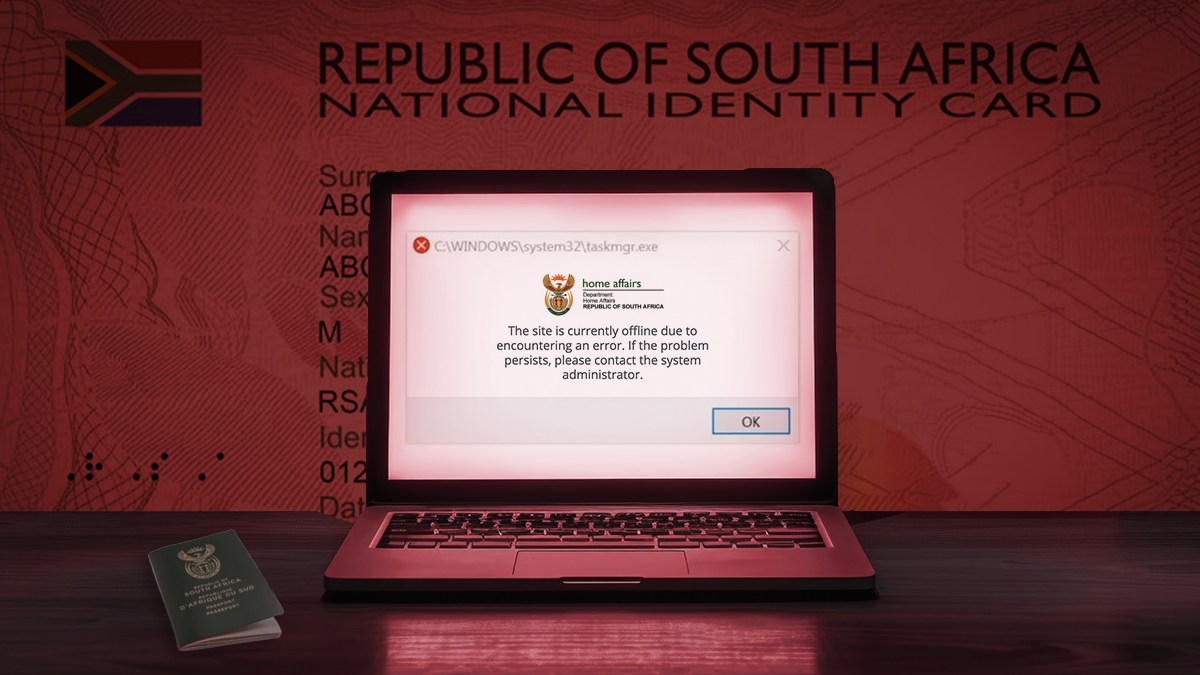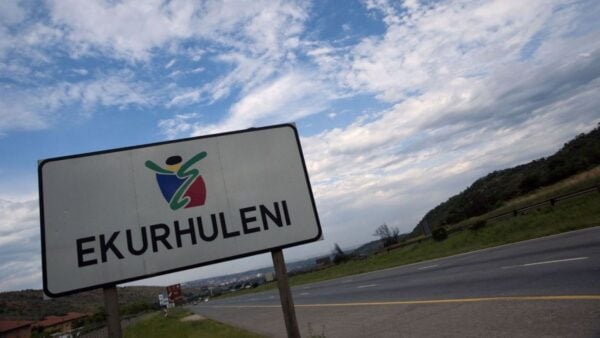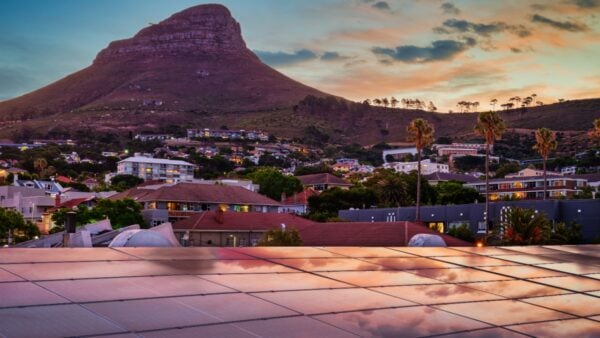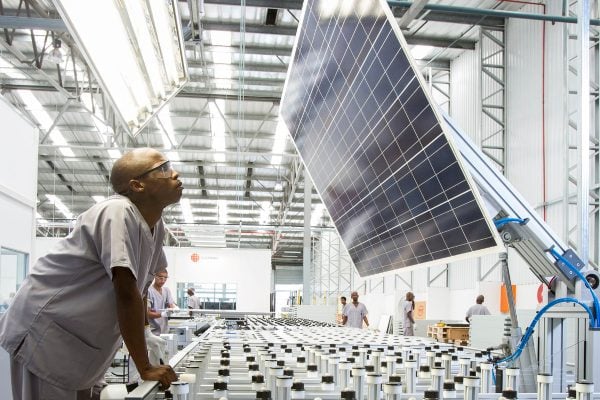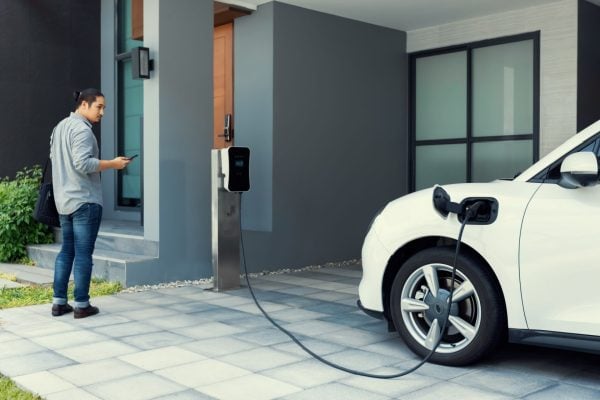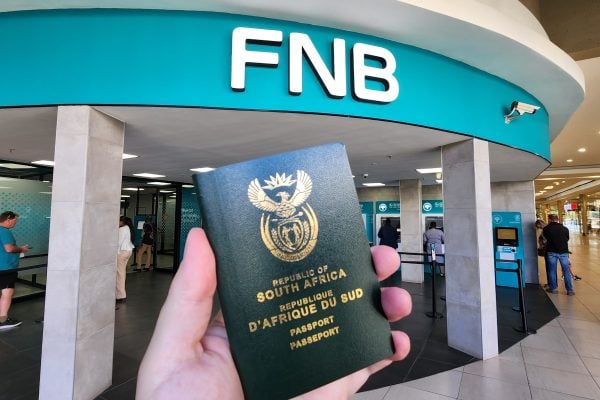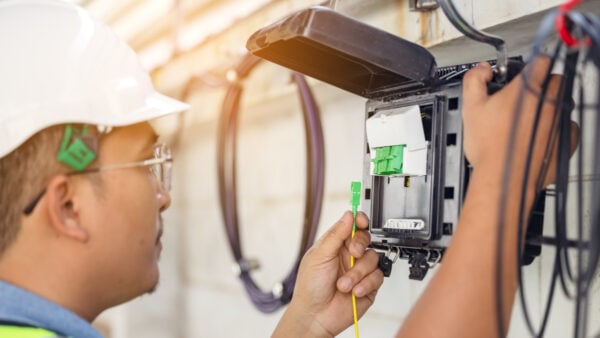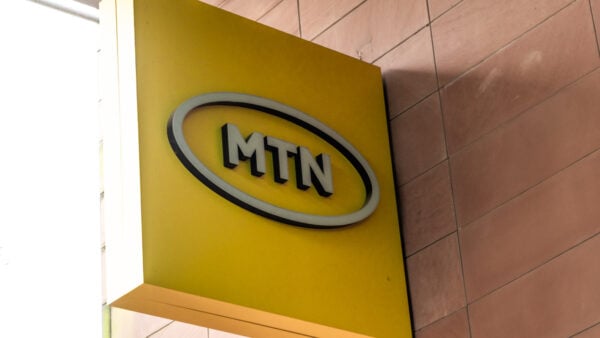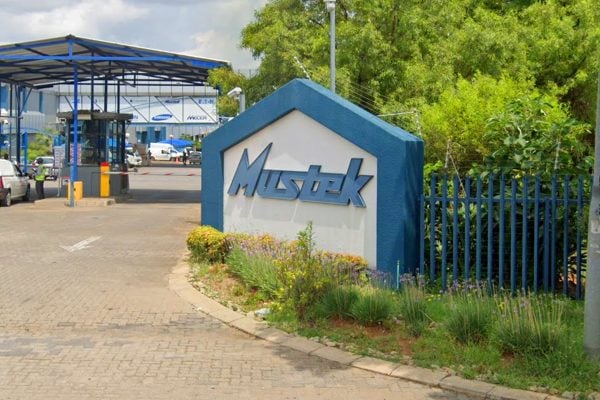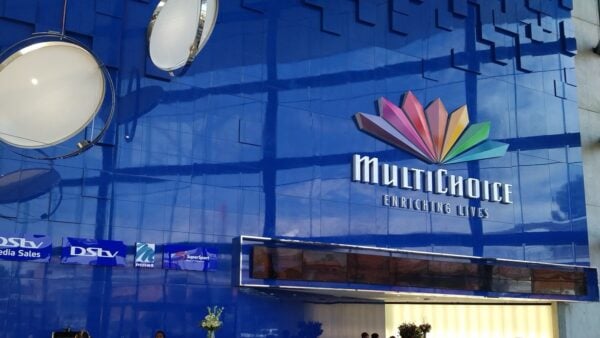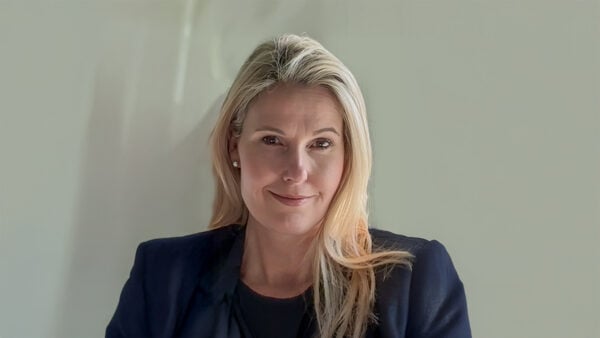Starlink Wi-Fi on FlySafair’s radar
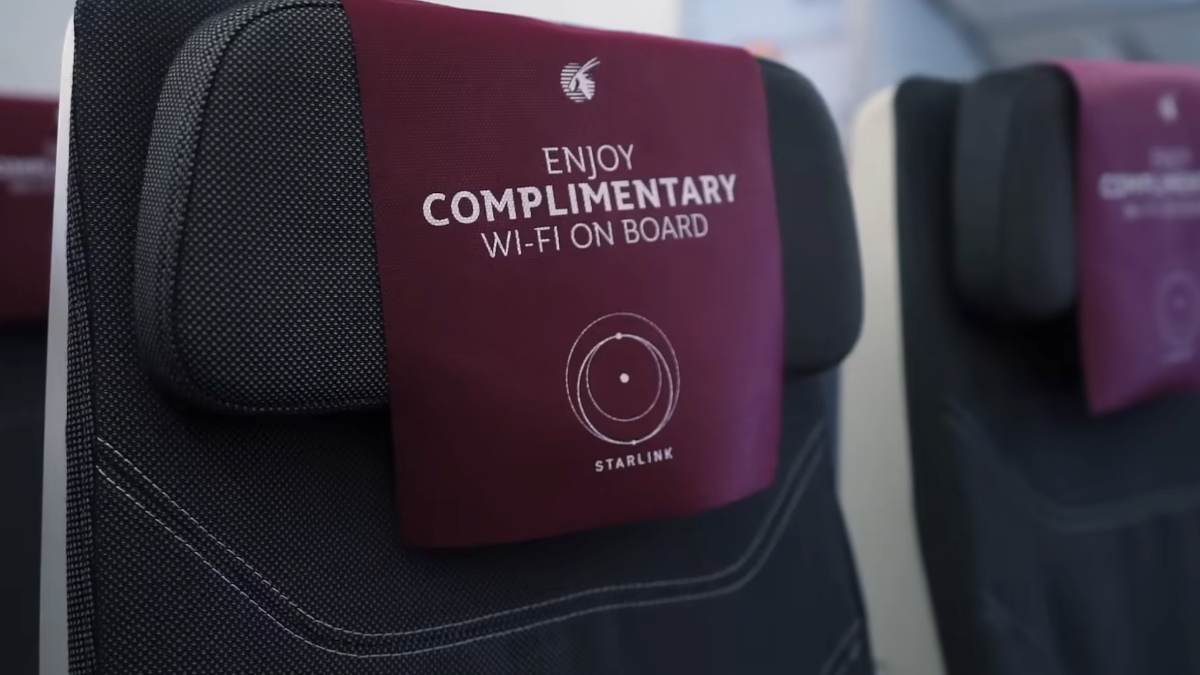
FlySafair still wants to offer modern onboard Wi-Fi for passengers on its domestic flights despite a setback in approving the local launch of the leading provider of such services — SpaceX’s Starlink.
In an interview for Sunday Times, the low-cost carrier told World Wide Worx’s Arthur Goldstuck that it was “closely monitoring” the global rollout of Starlink’s aviation Wi-Fi services.
Satellite communication is currently the only feasible way to provide Internet services on commercial airliners.
While low-flying aircraft can connect to terrestrial cellular towers, commercial airline cruise at more than 30,000 feet altitude, far away from mobile network signals.
To support onboard Wi-Fi, aircraft must have special receiving and transmitting equipment installed,
In addition, the geostationary (GEO) services that have conventionally been used for the service are incredibly limited in bandwidth, speed, and latency.
FlySafair argues that this is not suitable for use on domestic flights, which don’t generally have onboard Wi-Fi.
“The reality is that the existing technology that’s available to us in South Africa is quite old and soon will be obsolete, and doesn’t work particularly well in our environment,” said FlySafair marketing chief Kirby Grodon.
Gordon previously told MyBroadband that aside from being expensive, the GEO systems required installing an auxiliary radome on top of the fuselage.
“This radome can adversely affect the aircraft’s aerodynamic performance, leading to increased operational costs,” it said.
The emergence of low-earth orbit (LEO) satellite Internet services like Starlink has made it feasible to equip more flights with onboard Wi-Fi.
Numerous airlines have adopted or are in the process of fitting their planes with the Starlink Aviation Wi-Fi service, launched in October 2022.
The largest among them are Air France (and KLM), Air New Zealand, Qatar Airways, and United Airlines. Smaller airlines such as airBaltic, SAS, Hawaiian Airlines, and Westjet have also installed Starlink on some aircraft.
“Apparently, the results are just absolutely phenomenal,” said Gordon.
In many cases, the Wi-Fi service is completely free, a sign that the service competes well with GEO solutions on pricing.
The free access may also be a way for airlines to encourage Wi-Fi usage to increase consumption of Internet-based services rather than their onboard entertainment offerings.
While they could still work some ads into the Wi-Fi service, they would need to spend less on licensing the movies and TV shows they offer in their own entertainment services.
If an airline is able to provide reliable in-flight Wi-Fi connectivity, many users may prefer to use a video streaming service for which they have a subscription rather than the onboard entertainment.
Streaming YouTube and Netflix at high quality and without buffering was promoted as a big advantage of Starlink during the service’s early days.
FlySafair does not offer in-flight entertainment, in part because of cost but also due to changing travel habits.
“Many airlines are shifting to a ‘bring your own device’”’ model, where passengers stream content to their own phones or tablets via a local Wi-Fi network,” said Gordon.
“The shift aligns with FlySafair’s ethos of keeping things simple while still meeting passenger expectations.”
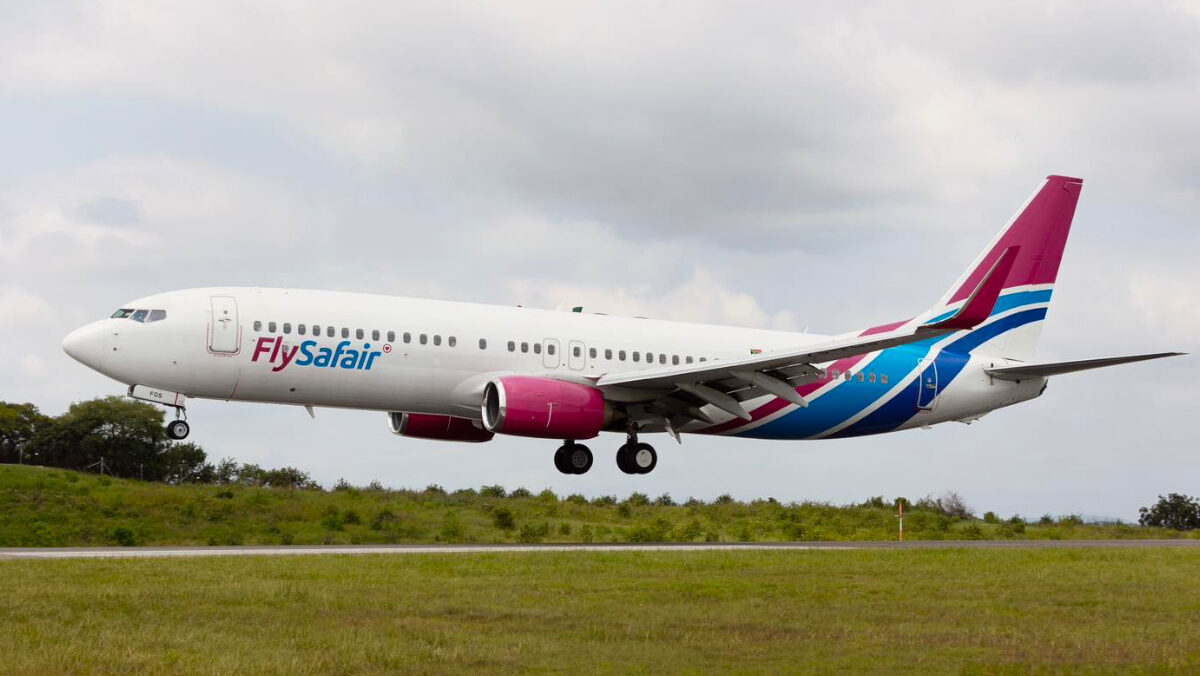
Starlink Aviation’s performance
The Starlink Aviation service relies on a large fleet of more than 6,000 low-earth orbit satellites orbiting around 550km above the Earth, much closer than the roughly 35,000km orbits of GEO services.
Every Starlink Aviation terminal supports download speeds of 40Mbps to 220Mbps and upload speeds of 8Mbps to 25Mbps.
Starlink also claims latencies better than 99ms, making applications like online video conferencing and competitive multiplayer gaming more feasible.
According to the latest update on Starlink’s website, the service has supported over 110,000 hours of in-flight Wi-Fi connectivity on more than 55,000 flights.
Starlink will first need to obtain regulatory approval in South Africa before local airlines can use its services.
There appeared to be some progress in encouraging SpaceX owner Elon Musk to invest in South Africa in late 2024.
This included offering alternatives for local telecommunications ownership rules — an impediment to a local Starlink launch.
However, in light of Musk’s recent accusations against the South African government, on the back of criticism against the country from the Trump-led US government, these efforts have been put on hold.
According to Presidency spokesperson Vincent Magwenya, the world’s richest man harboured “unprogressive, racist views” and peddled lies, so the government does not want his investments.
While President Ramaphosa is eager to attract foreign investment, Magwenya said this could not be at the cost of South Africa’s constitution and values.

